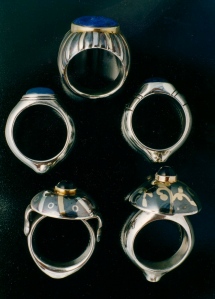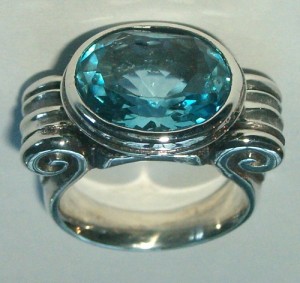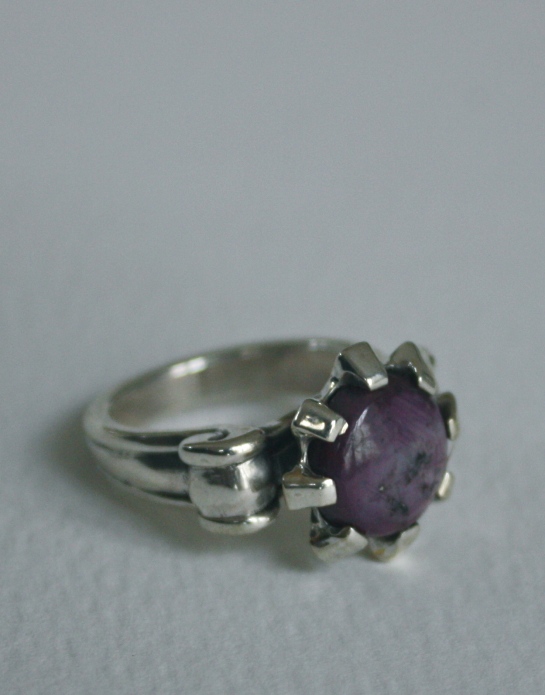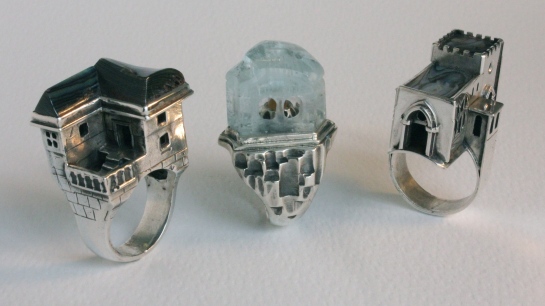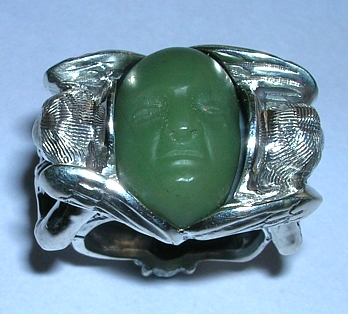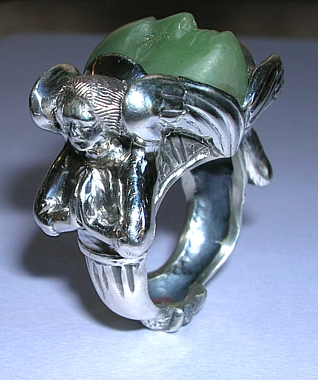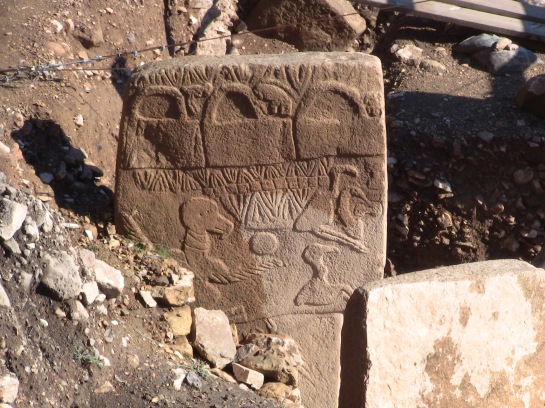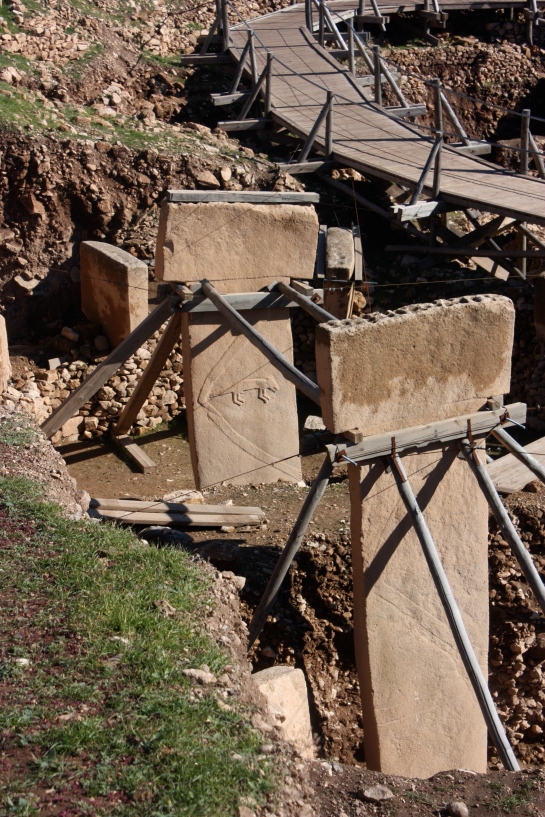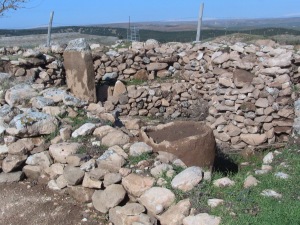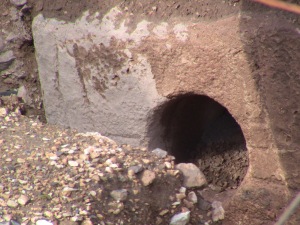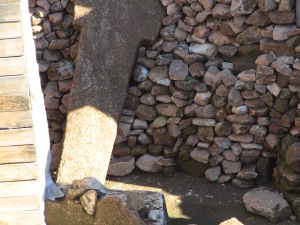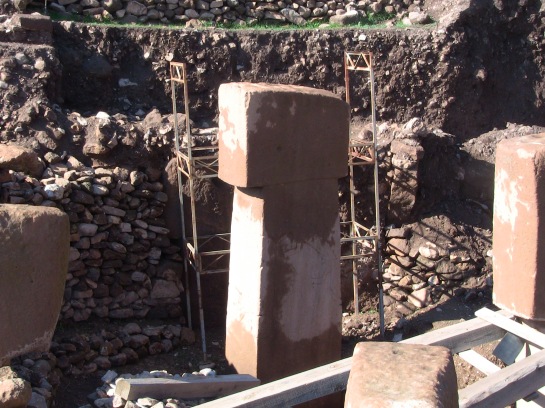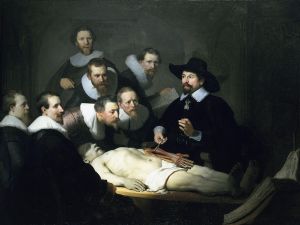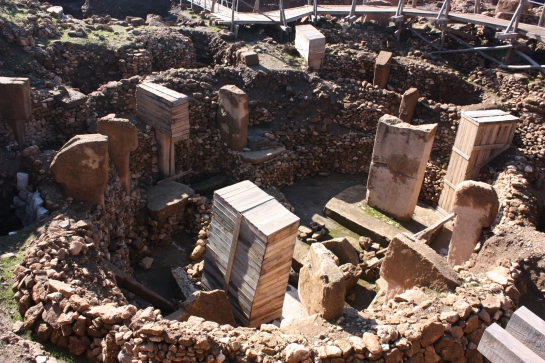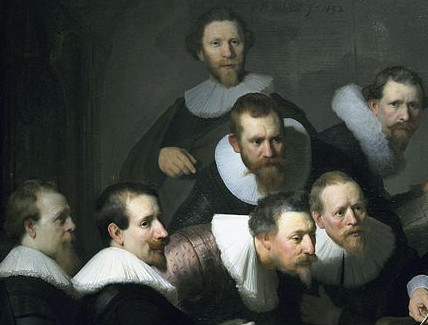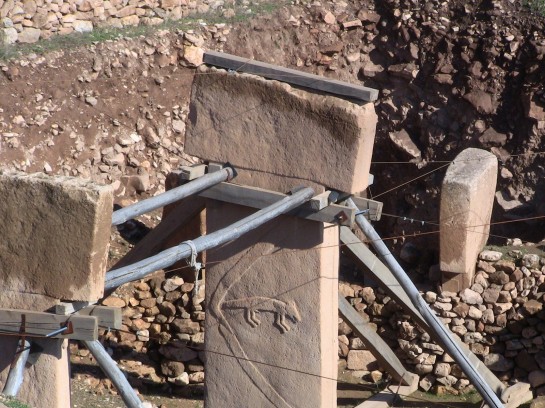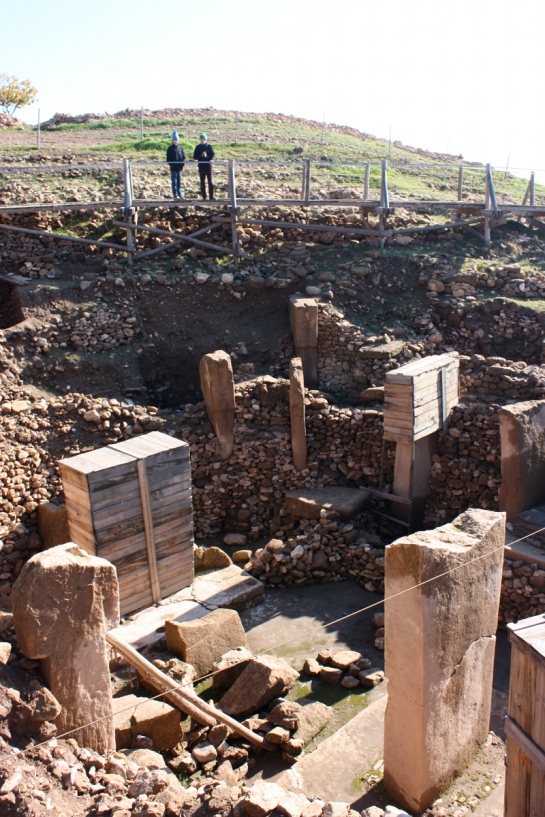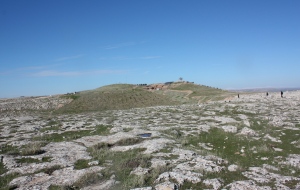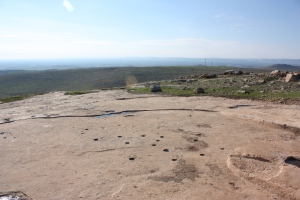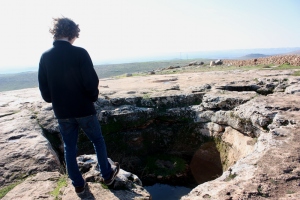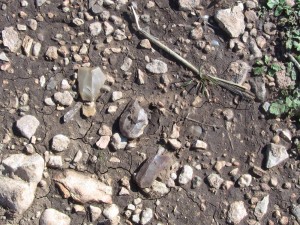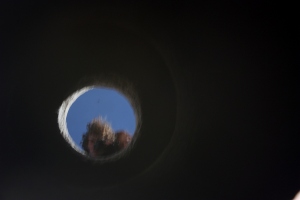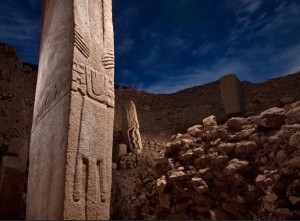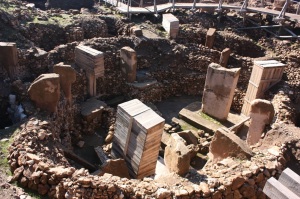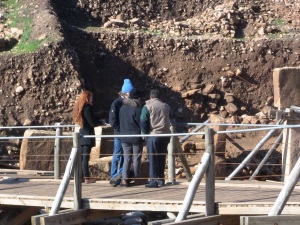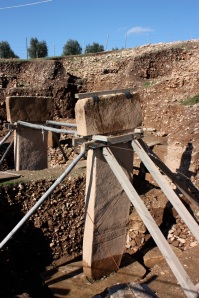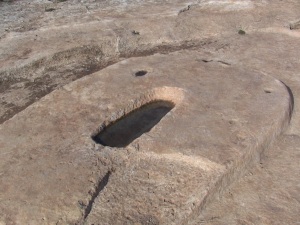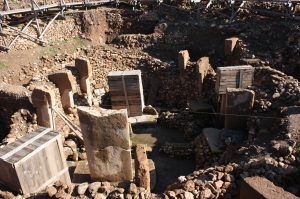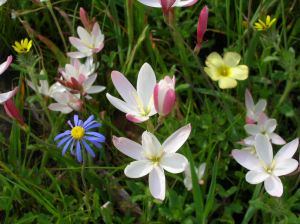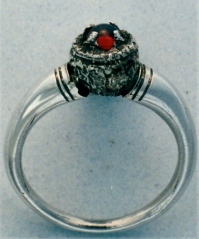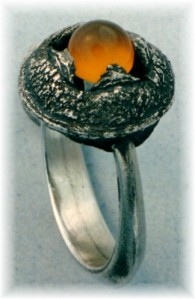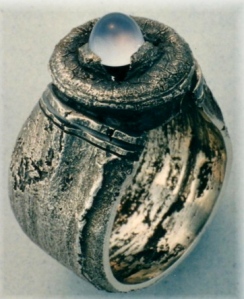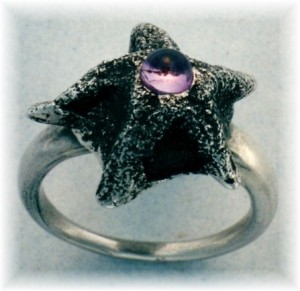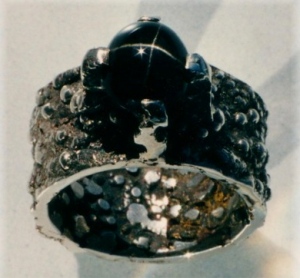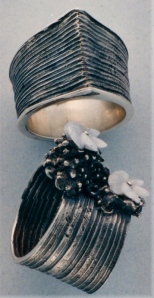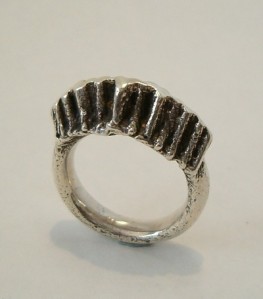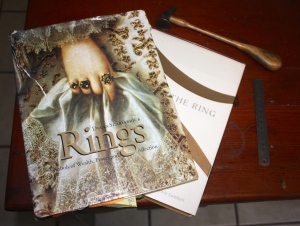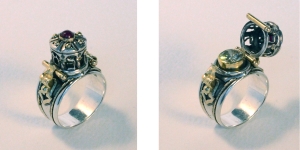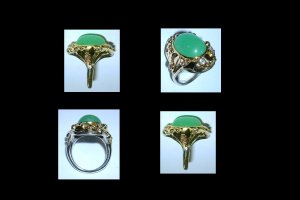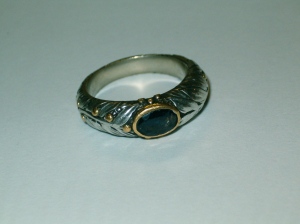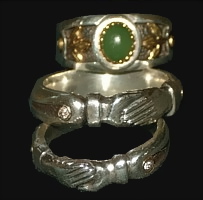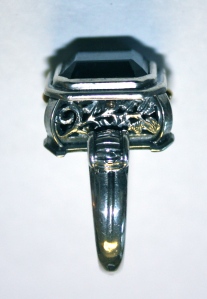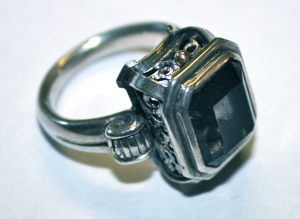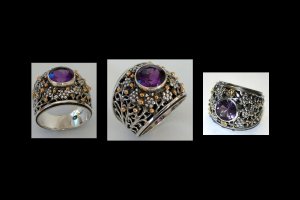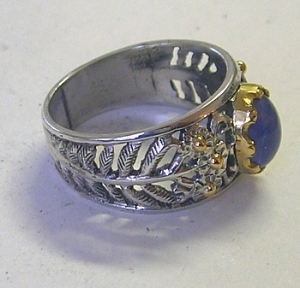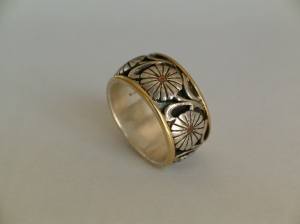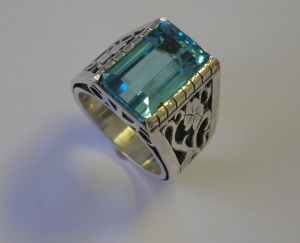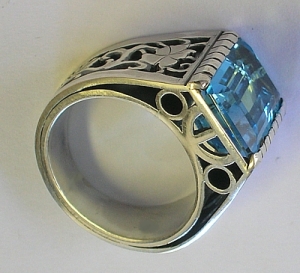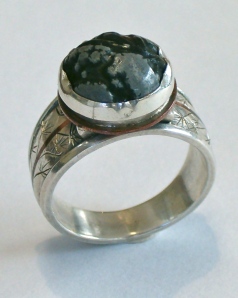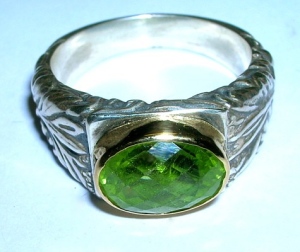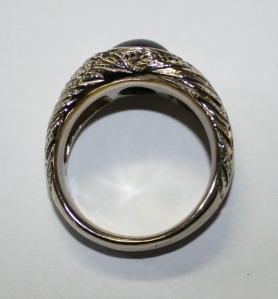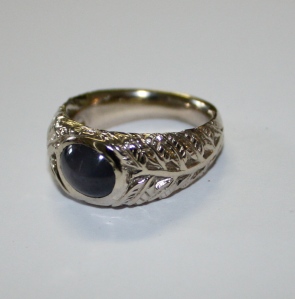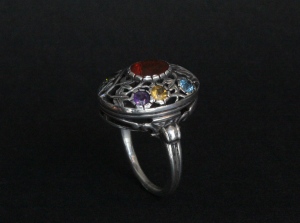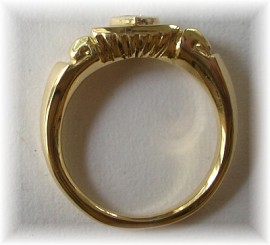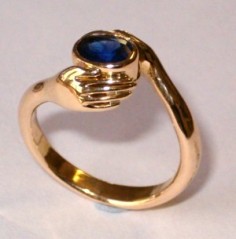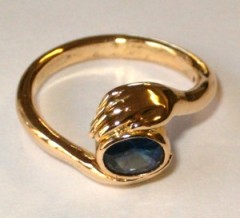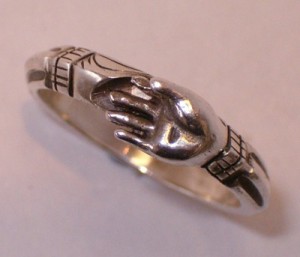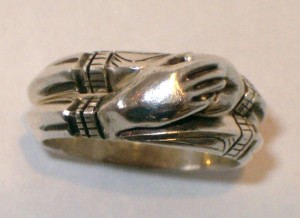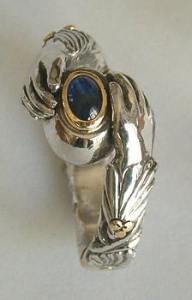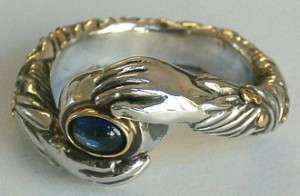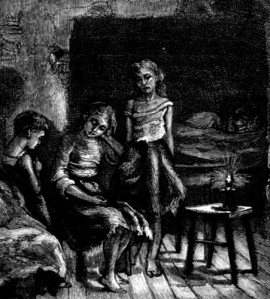 THERE WAS a land where people were divided and set apart from one another in enmity — men against women, rich against poor, belief against belief, tribe against tribe, class against class, children against the old, and so on. Nevertheless, they were constantly forced up against one another by the density of their numbers, by vehicles that could carry them anywhere at great speed, by greed, by trade, by need…. This situation created a lot of trouble for everyone, and violence, strife, robbery, rape.
THERE WAS a land where people were divided and set apart from one another in enmity — men against women, rich against poor, belief against belief, tribe against tribe, class against class, children against the old, and so on. Nevertheless, they were constantly forced up against one another by the density of their numbers, by vehicles that could carry them anywhere at great speed, by greed, by trade, by need…. This situation created a lot of trouble for everyone, and violence, strife, robbery, rape.
Now this land had a wise ruler whom I shall call John, and this John, on hearing of the plight of the people, was at first disbelieving. He lived in a palace with high walls, and wherever he went he was surrounded by smiling faces and armed guards, and never came in contact with the poor and aggrieved, except in a ritualised manner. He was tempted to remove the minister who told him but, being a wise ruler, he decided rather to find out for himself what his people suffered.
“Oh really?” he said to the minister, “And can you please tell me what the status of my median citizen might be?”
The minister went away and conferred with the gatherers of figures, the bureau of census takers, with the economists and the statisticians, and after a suitably long time, he returned to the Wise Ruler. “Your majesty, your median citizen is a woman who….”
John stopped him right there. “I do not want a woman. What is the condition of the median man in the land?”
The minister did not argue. He went away and consulted with the economists and the statisticians, with the bureau of census takers, the gatherers of figures, and after a slightly shorter time, he again returned to the Wise Ruler.
“Wise one, your median citizen is a man like yourself, of the same cast and colour. Like yourself he is five feet and nine inches tall, but in every other respect he is different from you. He is considerably younger than you are….”
“My age! My age! What is the median for my age?”
Again the Minister consulted, and again returned to John.
“Wise one, he lives in the direst poverty, and has many children but no work. He is ignorant and bigoted, knows nothing of the world beyond the horizons of his own suffering.”
“Show him to me.”
“Sire, you must understand that there is no such man—he is a figment of the imaginations of the gatherers of numbers, the bureau of census takers, the economists and the statisticians. They compose a man out of averages.”
“Nevertheless, show him to me. Find the man who most suits your description. But do not disturb him. Leave him ignorant of the search, and come and tell me.”
The minister ordered the bureau of spies and the bureau of informers to search for a man who fitted the description. Maximum discretion was advised. They sought in the demographically correct areas, but had problems finding anyone who perfectly matched the set of attributes. At last, and with great stealth, a certain spy found a man who seemed to match the requirements of the statisticians. The spy told his handler, and the handler told his director, who told the Chief Spy, who told the Minister. The Minister ran to the Wise Ruler.
“Wise One,” he said, “we have located the man you seek. He is the same height and age as you, and lives in this very city.”
“I wish to observe him without him knowing it,” said John. “Find out what can be done. And remember, his life must not be disturbed in any way.”
The Minister consulted with the Commission on Surveillance and with the Ministry of Oversight. He called in consultants in the fields of Observation and Supervision from the world of trade.
“We can insinuate various devices into his house, and possibly onto his person. These could allow you to see him, but the pictures you see will be blurred and inaccurate. You will be able to hear him, if he speaks near a device. Were it not for your absolute condition that he should not know that he is watched, it would be a simple matter to buy his co-operation. In that case you could observe everything.”
“Do what you can without,” said John.
When they were ready, the ruler observed. The man was poor and had back trouble. He had many children, though it was sometimes difficult to tell whose children were whose, as there were many other adults who came and went through the man’s house. Sometimes he went to seek work. His wife worked as a cleaner. When she was out working, he took whatever money he could and went drinking. He argued and beat her when he came home. He had another woman, or women.
The Ruler disguised himself as a common man and, slipping away from his guards, met his subject at a drinking hall. There he bought him drink and engaged him in talk. The man was the same height as him, but fat and jowled, and his breath was short. He sweated as he drank and smoked. He had few ideas and little to talk about. All of his aspirations were those of others and his desires were for things the Wise Ruler already knew to be worthless. His knowledge was little and twisted, though this did nothing to limit his arrogance. So instead of conversing, the Ruler and the subject exchanged pleasantries and clichés. But try as he may, Wise John was unable to hide his irony and distance for long, and the man soon became first suspicious then abusive under his questioning. The Ruler had to flee, and later had difficulty explaining his black eye to his aides and sycophants.
The next day the Ruler summoned the Minister, who came running, quaking with fear.
“This man, in what respects does he not resemble the statistical mean?”
“Sire, he was a ninety nine percent match. The best we could do. The mean has three point seven four children and he has four, but we could not find anyone with a partial child. There are a number of other small differences.”
“He was the best you could do?”
“Yes, sire.”
“The man is arrogant, mean, and violent. He is a drunk.”
“Yes, sire. The majority of poor men of his status are intermittently these things.”
“And the women?”
“The women are more sober, in general.”
“But they are oppressed by the drunks?”
“Yes, sire.”
The ruler shook his head. “This man hardly deserves to live.”
“That is already taken care of, sire. The man has an incurable disease. He will die within a few years.”
“Does this not make him unique?”
“Sadly, it does not. Most men of his type are thus afflicted.”
Then the Ruler called a great convocation of the wise of his realm. “My citizens are poor and ignorant. They are violent and angry, drunk and hungry, and unable to see the path to their own welfare. Added to this, they are burdened with avoidable disease and early death. I am determined to empty the coffers of the state, change the laws, or do whatever it takes to raise them above their misery. I call on each of you to offer such advice as you can, and will pay heed to the most persuasive.”
The convocation went on for many days. The most persuasive were a group of wealthy merchants and traders from other lands, who, being wealthy, could afford to hire the best thinkers and rhetoricians.
“Give us free rein, sir, for trade creates wealth, and wealth is what the land most needs,” they said, and they said it so seductively and with such implicit power that the Wise Ruler took their advice.
At the end of five years, the Wise Ruler again called the minister, and told him to again find the median man. The Minister again consulted with the economists and the statisticians, the census-takers, the spies, the informers, the observers and surveyors.
They found another man, for the first had died, and in any case conditions had shifted. Again the Ruler observed him. He was poorer than the first, and had more troubles. He too was ignorant and arrogant. He was angry, scared and powerless at the same time. He coughed. He did occasional menial work, or none. When need pressed he tried small crimes.
The Ruler called in the traders, who arrived late. “My people are worse off than before,” he said.
“Well, sire, it is too early to say, really, but we think our plan is already starting to work—quite a few people are already substantially richer, including yourself and those you love. The effects will soon trickle down.” And they took him to their lands and honoured him and lent him more money.
And after another five years, the Ruler again observed his median citizen. He sat despondently outside a crowded shack among barren fields. He was fashioning himself a weapon to rob his neighbour. His children were hungry and dirty. He hit them if they cried.
The Ruler summoned the leaders of the traders in his land. When they had gathered he commanded his guards to slaughter them, which they did. Then he emptied his coffers in the service of the poor, and in the effort to raise all his citizens to adequate living. The thieves among the poor benefited greatly from this programme. None will trade with a murderer of traders, so soon his country was bankrupt, unable to secure the necessities of life. Then the poor, armed by crime, rose against the Wise Ruler, and finding him in the Palace as they looted it, hanged him from a tree in the Palace Gardens.


